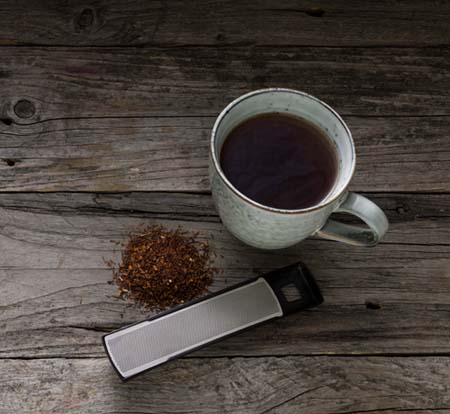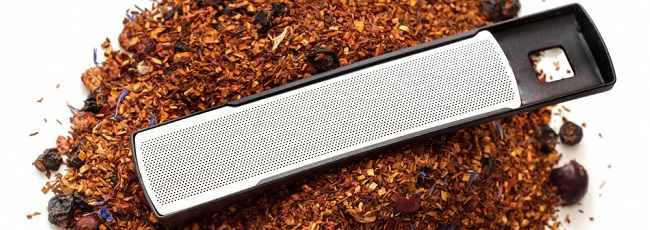“In the liquid amber within the ivory porcelain, the initiated may touch the sweet reticence of Confucius, the piquancy of Laotse, and the ethereal aroma of Sakyamuni himself.”
– Kakuzo Okakura, The Book of Teas
The title of this article looks very much in line with today’s life but it was a name of a book written a few centuries ago.
Japan is one of those mysterious destinations, full of beauty and wonder for all the foreigners who had been lucky enough to take a peek in their culture and traditions. One of the most famous and well-known customs in the Land of the Rising Sun is indeed their enchanting and alluring ritual of drinking tea. It is not a surprise that this hot beverage is the most consumed amongst the Japanese people. Tea has deep roots in the Japanese history and had been a beloved drink to monks, priests, samurai, and emperors ever since it was brought to Japan from China centuries ago.
Tea in Japan was first mentioned by a Buddhist monk in a book from the 9-th century. It is considered that in 805 a priest named Saicho introduced tea seeds into the country. It did not take a lot for this magical drink to become a favorite among the emperors and the religious circles. It is mentioned in The Nihon Shoki or “Chronicles of Japan” – the second oldest book of Japanese history that a Buddhist monk invited Emperors Saga to a temple where he was served tea. Ever since the Emperor strongly encouraged the cultivating and growing of this amazing herb as he enjoyed drinking it immensely.

The Drosselmeyer Tea Infuser. Visit our Shop
In 1211 a book especially dedicated to tea was written for the first time in Japan by a Zen Buddhist – Eisai. Named Kissa Yōjōki or “How to stay healthy by drinking tea” it was full of references to all the positive and beneficial effects of drinking tea. Eisai believed that tea could be instrumental in fighting blotchiness, thirst, indigestion, fatigue and the consequences of alcohol consumption. It was him that made tea known among the warrior class in Japan. The story states that he knew of a Shogun Minamoto – a general who was often indulgent in alcohol. After Eisai gave the general his book, where he explained the effect of consuming tea, it quickly became well-liked among the other samurais.
During the 14th century, it was common for Japan and China to exchange and trade not only goods but knowledge as well. Due to this practice, soon the Japanese people adopted the method of roasting tea leaves from their neighbors and it became very popular in Kyushu. It is known that the famous tea ceremony in Japan was also inspired by the Chinese and during the 12-th century became very popular among the samurai and kept on developing for centuries to come.
Main types of tea in Japan
Sencha
Considered the most popular tea in Japan (about 80% of tea production in Japan) it comes from the green tea family. Usually, a 1.5 of a tablespoon or 7-8 grams of tea is infused per liter of water for one minute to prepare the hot drink. Depending on the temperature of the water a different flavored tea can be expected. The color of the drink must be greenish- golden.
The taste of the leaves, on the other hand, depends on factors like the time of the year it is harvested at and the region it is produced. The first batch of the year – shincha or “new tea” is considered to be the best one and has the most value.
Gyokuro
One of the highest classes of Japanese teas, it is also a type of green tea, but unlike the Sencha, Gyokuro is grown in shaded places. The name of this tea translates like “jewel dew” or “jade dew”, inspired by the green color of the drink. The preparation of this type of tea is a little different as well. Twice the amount of dry leaves is used per liter of water (2-3 teaspoons for 2 small cups.) Gyokuro also requires 90 seconds of steeping instead of 60 seconds like the Sencha.
Genmaicha
This is a unique take on tea as it is actually made by green tea combined with roasted brown rice. Genmaicha translates like “brown rice tea” and it is also called “popcorn tea”. Once it was considered to be a “poor’s people drink” as the rice made the drinker fuller and kept them satisfied for longer periods of time. It was used by monks for the same reason during fasts. This kind of tea has a yellowish tint and has to be steeped in hot water for a period of 30 seconds.
Hojicha
What is special about this kind of green tea is that it is roasted in a porcelain pot over charcoal, contrary to the way it is usually prepared – by steaming. 4 teaspoons of tea per liter are needed and they are steeped for 1-3 minutes. The tea has a reddish-brown coloring due to the leaves that had been “baked”. The flavor is very specific, with strong “roasted” taste and hints of caramel. During the process of roasting the tea loses some of the caffeine it contains which makes it perfect for an evening drink and for children.
Bancha
It is known as a “common tea” and it is made from the second flush of sencha, which is why it has a lower value. Usually, it has to be infused for a period between 30 seconds and 3 minutes. A higher water temperature produces more bitter tasting tea in this case. The Bancha itself has a very potent straw aroma. It is often easy to find it in the Western countries as well.
Kukicha
This tea is also known as “straw tea” or “twig tea”, which makes sense since it is made by steams, twigs and straws. It has a fresh green aroma and quite a unique taste compared to the other Japanese teas due to the fact that is made from parts of the tea plant that are not used in other blends. The components of this tea come from Sencha and Matcha. 4 teaspoons per liter are needed for the perfect brew, stepped for a period of 40 seconds to 1 minute. It is naturally low in caffeine so it is often added to children’s drinks. It is also commonly used for the macrobiotic diet (a diet based on food from the Zen Buddhism.)
Image Copyright: Frédérique Voisin-Demery, License: CC BY 2.0



